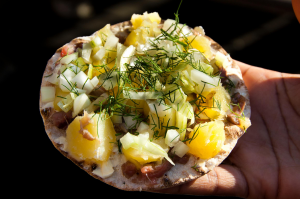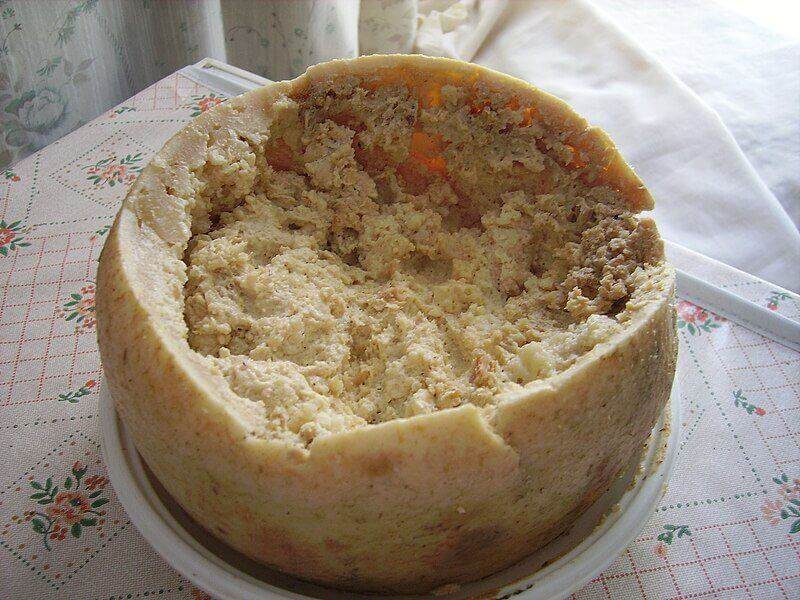The world is full of unique culinary experiences, and some foods are so strange they’ll make you question everything you thought you knew about eating. From fermented fish to insect delicacies, here’s a list of the top 10 weirdest foods from around the world that are definitely not for the faint-hearted.
**1. Surströmming (Sweden)

Surströmming is a fermented herring dish from Sweden that is known for its potent smell. It’s usually eaten with flatbread and potatoes, but you might want to keep a nose clip handy when trying it.
**2. Casu Marzu (Italy)

Casu Marzu, a Sardinian cheese, is infamous for containing live insect larvae. Yes, you read that right! The larvae are intentionally introduced to help ferment the cheese, giving it a soft texture.
**3. Balut (Philippines)

Balut is a fertilized duck egg with a partially developed embryo, commonly eaten in the Philippines. It’s usually boiled and eaten directly from the shell, often with a sprinkle of salt or chili.
**4. Fugu (Japan)

Fugu is a pufferfish that contains deadly toxins. Only highly trained chefs are allowed to prepare it, as one wrong cut can make the dish lethal. Despite the risk, it’s considered a delicacy in Japan.
**5. Hákarl (Iceland)

Hákarl is fermented shark meat from Iceland. The dish is famous for its strong ammonia smell and acquired taste. It’s often served in small cubes alongside a shot of strong Icelandic alcohol called Brennivín.
**6. Escamoles (Mexico)

Escamoles, also known as “insect caviar,” are the edible larvae of ants, considered a delicacy in Mexico. They are often served with guacamole or in tacos.
**7. Sannakji (South Korea)

Sannakji is a dish consisting of live octopus tentacles that are cut into small pieces and served immediately. The tentacles are often still moving on the plate, making it a challenging dish to eat.
**8. Kiviak (Greenland)

Kiviak is a traditional Inuit dish made by fermenting seabirds inside a hollowed-out seal carcass. The process takes several months, and the result is a strong-smelling, intensely flavored delicacy.
**9. Mopane Worms (Southern Africa)

Mopane worms are a staple protein source in Southern Africa. These large caterpillars are typically dried or smoked and eaten as a snack or added to stews.
**10. Century Egg (China)

Century eggs, also known as hundred-year eggs, are preserved eggs that have been aged for several weeks or months. The process turns the egg yolk dark green and gives the egg a distinct, pungent flavor.
While these foods may seem bizarre to some, they are cherished delicacies in their respective cultures. If you ever get the chance to try any of these, remember that food is as much about cultural experience as it is about taste. So, be brave and dig in!

